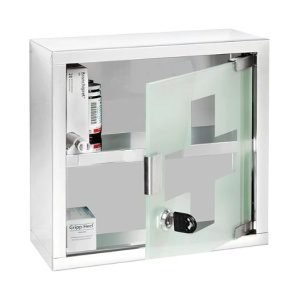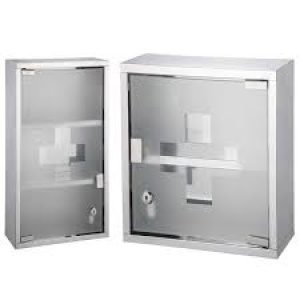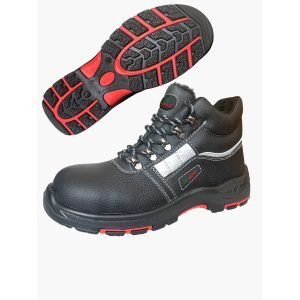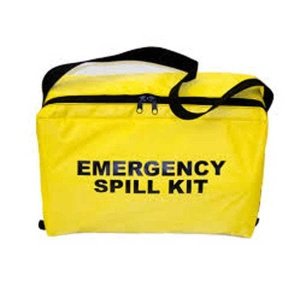Description
FEATURES OF OUR OIL SPILL KIT
Oil spills can pose significant environmental hazards and risks to workplace safety. These incidents can lead to severe ecological damage, financial losses, and potential health risks for workers. Having a well-equipped oil spill kit on hand is essential for promptly addressing such incidents. This guide details the components and benefits of a small oil and fuel spill response kit designed for spills up to 240 liters, making it ideal for various work environments.
- Ideal for Work Vehicles:- Carrying an oil spill kit in your work vehicle ensures you are always prepared to handle unexpected spills. Whether you’re on the road, at a job site, or in transit, having the necessary tools at your fingertips can significantly reduce response time and mitigate the impact of spills. The compact design of these kits makes them easy to store in a vehicle without taking up too much space. Quick access to the kit means that minor spills can be managed before they escalate into major incidents, preventing prolonged downtime and costly clean-up operations.
- Strategic Placement in High-Risk Areas:- Strategically placing spill kits in high-risk areas within your workplace provides workers with immediate access to the tools they need to manage spills effectively. High-risk areas typically include locations where oil or fuel is stored, transferred, or used. By having spill kits readily available in these zones, workers can quickly contain spillage, preventing the spread to other areas and reducing the risk of slips, falls, or other accidents. This not only helps in containing the spillage quickly but also minimizes wastage and improves overall cleanup efficiency, ultimately contributing to a safer and more productive work environment.
- Disposal Bags with Tape or Twist Ties: Proper disposal of contaminated materials is essential to avoid secondary contamination. Disposal bags, along with tape or twist ties, facilitate the safe and secure packaging of waste for appropriate disposal. Ensuring that all waste is contained in heavy-duty, leak-proof bags prevents any residual spillage during transportation to disposal facilities, maintaining environmental safety standards.
- Dustpan and Polypropylene Broom: These tools are necessary for gathering solid waste and absorbent materials once they have absorbed the spill. A polypropylene broom is particularly effective as it resists the corrosive effects of chemicals. Using durable, non-reactive tools ensures that clean-up operations can be carried out efficiently without compromising the integrity of the cleaning equipment, thereby prolonging their usability.
- Container for Waste: A designated container for collecting and transporting waste ensures that all contaminated materials are securely contained and transported for proper disposal. This prevents any risk of secondary contamination during the disposal process and ensures compliance with environmental regulations. Proper waste management is a critical aspect of spill response, as it helps in maintaining workplace safety and environmental integrity.








